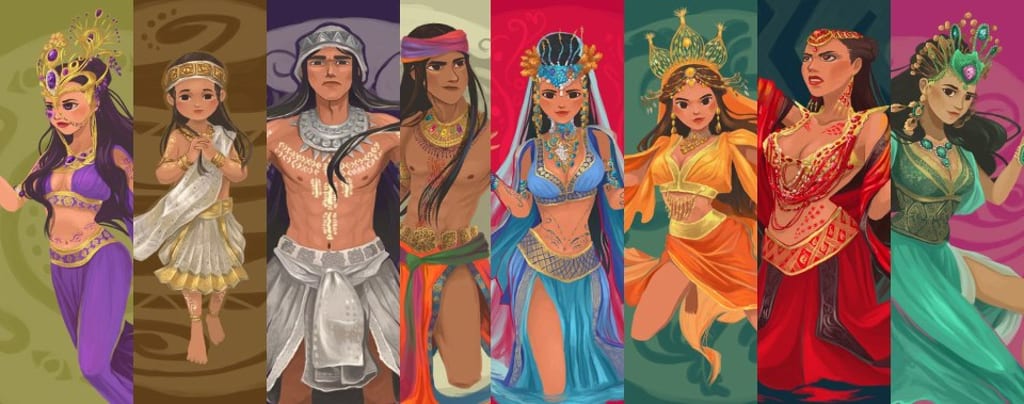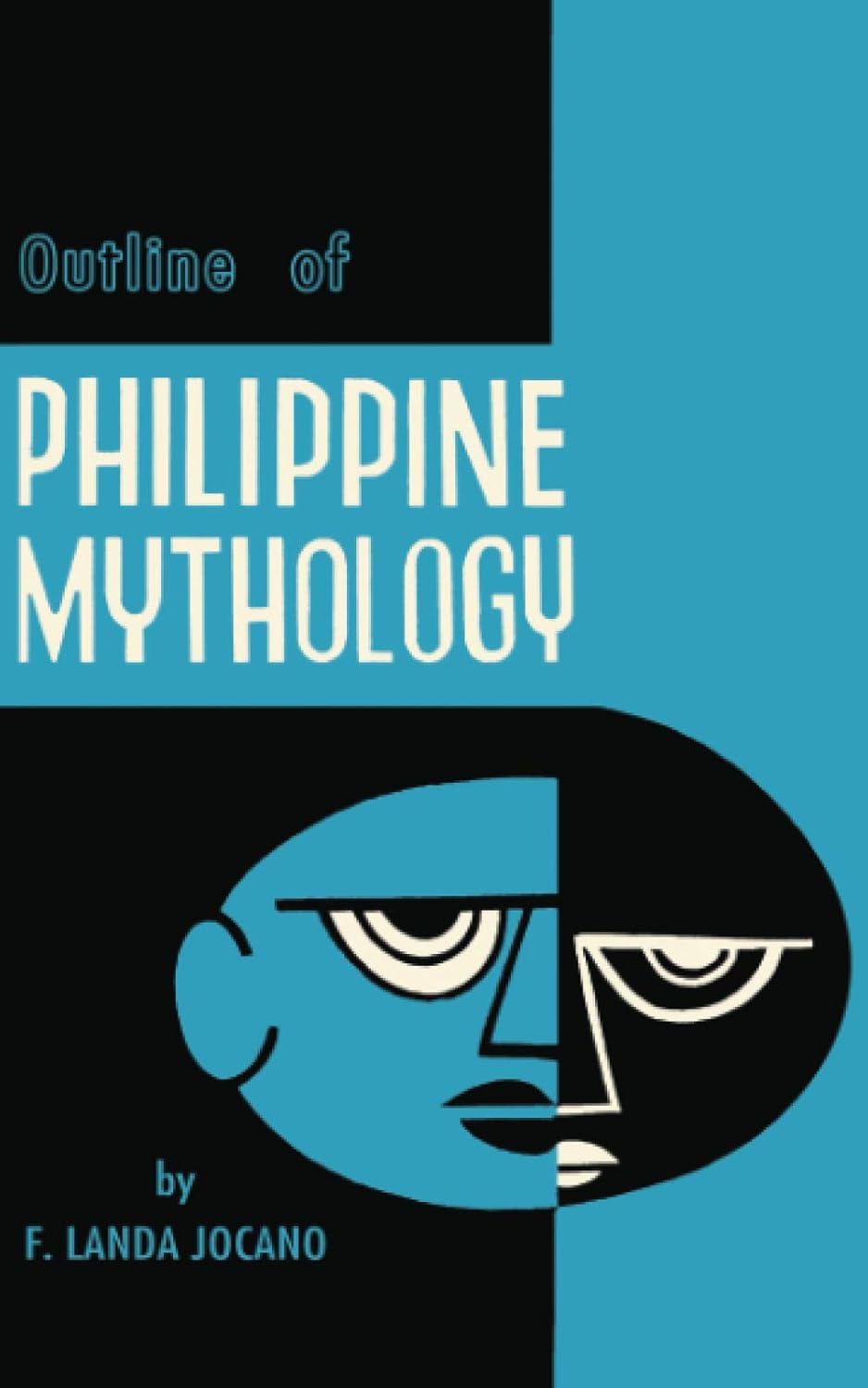An Introduction to Philippine Mythology and Folklore

Like any other culture with roots that reach as far back as antiquity and beyond, the ancient peoples of the Philippine islands had their own myths and legends. And just like the ancient Sumerians, Greeks, Chinese, or Norse, ancient Filipinos confided in these beliefs to explain the world around them, as well as find solace in the fact that there are superior beings out there that provide meaning and direction to their lives.
According to the renowned Filipino anthropologist, educator, and author F. Landa Jocano, “One of the means through which people express the inner quality and strength of their culture is literature - oral or written. In preliterate societies, literature is expressed in the form of myths, legends, rituals, proverbs, riddles, poetry, and folk tales. These literary compositions are preserved in the memory of local bards and old folk and are handed down from generation to generation by word of mouth.
“The relationship between literature and society is far from indirect and subtle. Every society produces its own literature because it is through this medium that its heritage is preserved and its ideals and aspirations given form and meaning.
“Filipino folk literature is surprisingly rich and varied; there are indigenous literary pieces (like the folk epics) which can stand on their own among the world’s best literature, as well as genres which are familiar to Western readers and others which do not have equivalents elsewhere. It is, therefore, useful to take a second look at this aspect of Filipino literature and give it the attention that its significance warrants.”

In conducting my initial research before writing the Alamat Book Series, the first thing I needed to do was re-immerse myself in the myriad aspects of Philippine mythology and folklore. In picking up a copy of Outline of Philippine Mythology by Prof. F. Landa Jocano. I needed to re-acquaint myself with stories that I had long forgotten in my youth, and read about others that I scarcely knew existed.
For anyone who wants to dive into this fascinating, albeit somewhat forgotten, genre of Filipino culture and literature, I highly recommend picking up a copy of Prof. Jocano’s book, which serves as an excellent jumping point. As soon as I breezed through its pages, I quickly realized how much I didn’t know as well as how much more I needed to familiarize myself with.
For a novice who is just starting to dip their toes in these waters, and with but a sliver of memory about the genre told to them in their youth, if asked about a Filipino deity, the normal response would be Bathala. A deity well known and popularly regarded in songs and pop culture references. When asked about the first man and woman to inhabit the earth, other than Adam and Eve, a common answer would be Malakas and Maganda, along with a brief mention of them emerging from a bamboo tree. These tiny morsels of information are but the tip of the proverbial iceberg of Filipino myths and folklore.
As many as there are different pre-colonial tribes, peoples, and nations who inhabited the Philippine islands long before the coming of Magellan, so are there pantheons of different gods, deities, and spirits whom they worshiped and feared. Each has its own creation mythology, stories of their first man and woman, epic heroes and their quests, as well as monsters and creatures that inhabit their nightmares.
Given that I wanted to create a world where all these different aspects of mythology and folklore coexist in a unified universe, the hardest part was finding a way to piece them together that made literary and narrative sense. This monumental task required quite a bit of worldbuilding. I needed to find the proverbial thread with which I could seamlessly sew together all of these different pantheons.
To help me find this thread, I drew inspiration from other tales and literary sources. From books based on Christian faith, such as the Books of Enoch, the poems of Dante Alighieri and John Milton, to the more modern inspired works of JRR Tolkien, especially The Silmarillion. Through them, I found the one thing I needed to begin creating my Alamat universe: hierarchy.
By creating a hierarchy amongst the different gods, deities, and spirits, I was able to bring together all these different pantheons from the different peoples and began shaping my universe. Using their myths as the backbone to write my own stories, not just of their gods, but of their epic heroes as well, the universe, which is the Alamat Book Series, took shape and came into being.
As I write this blog entry, I currently have seven books in the series that follow the epic tales of the demigod heroes called the Lakandians. I am also in the middle of writing the first in a three-book prequel to the main story arc that covers the creation of the realms, the coming of the gods, the creation of men, to the beginning of the war of the gods.
